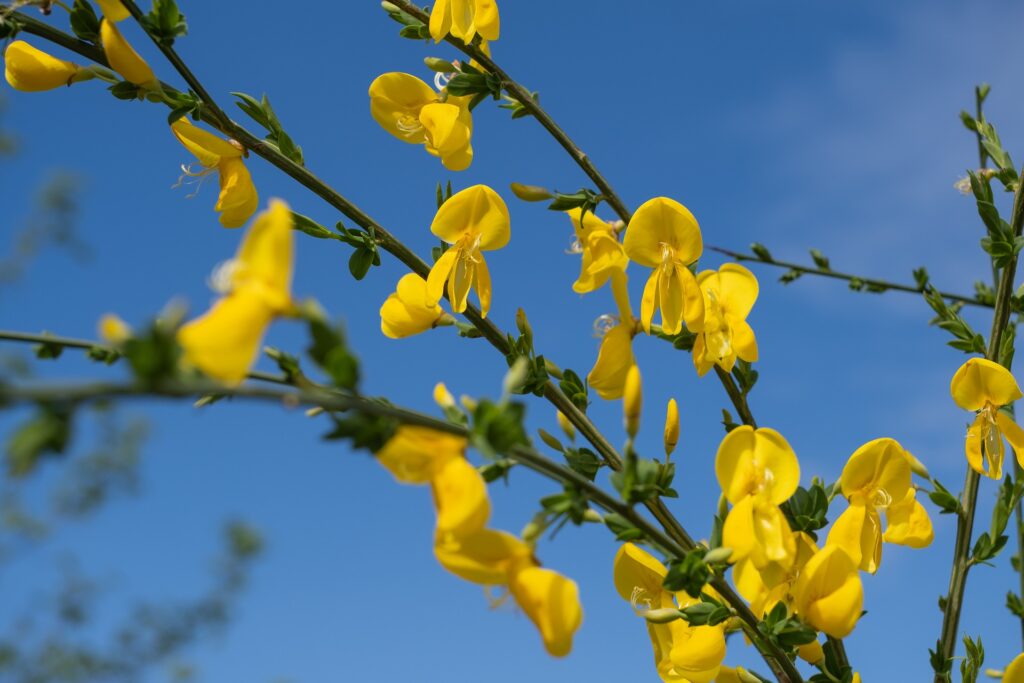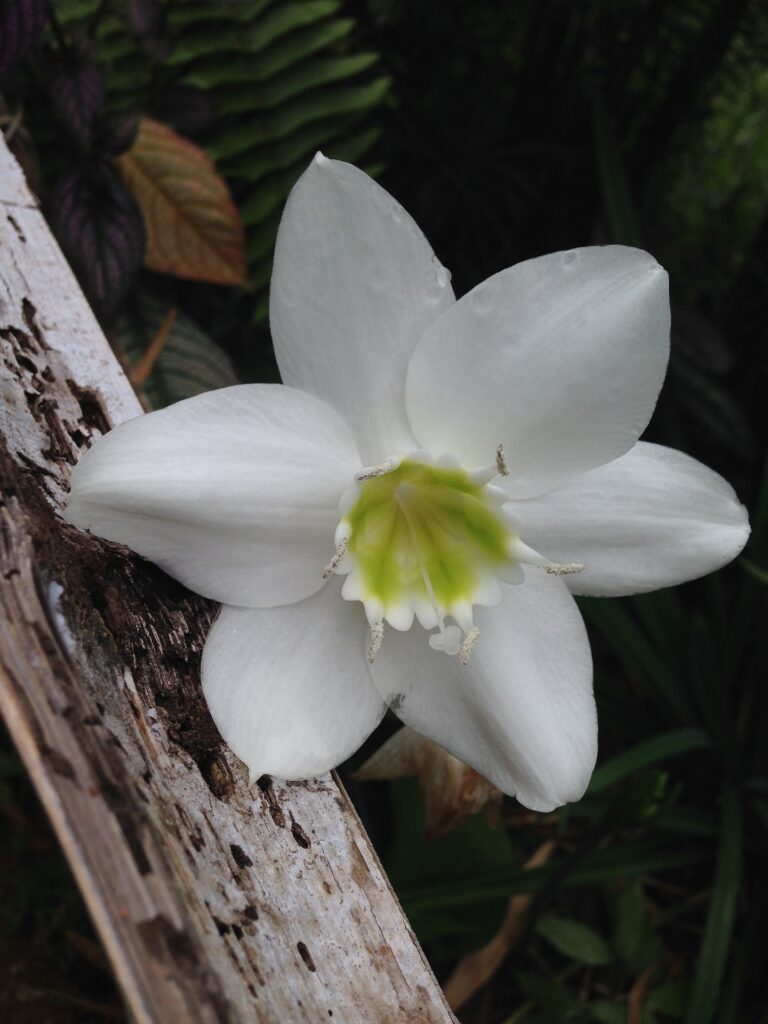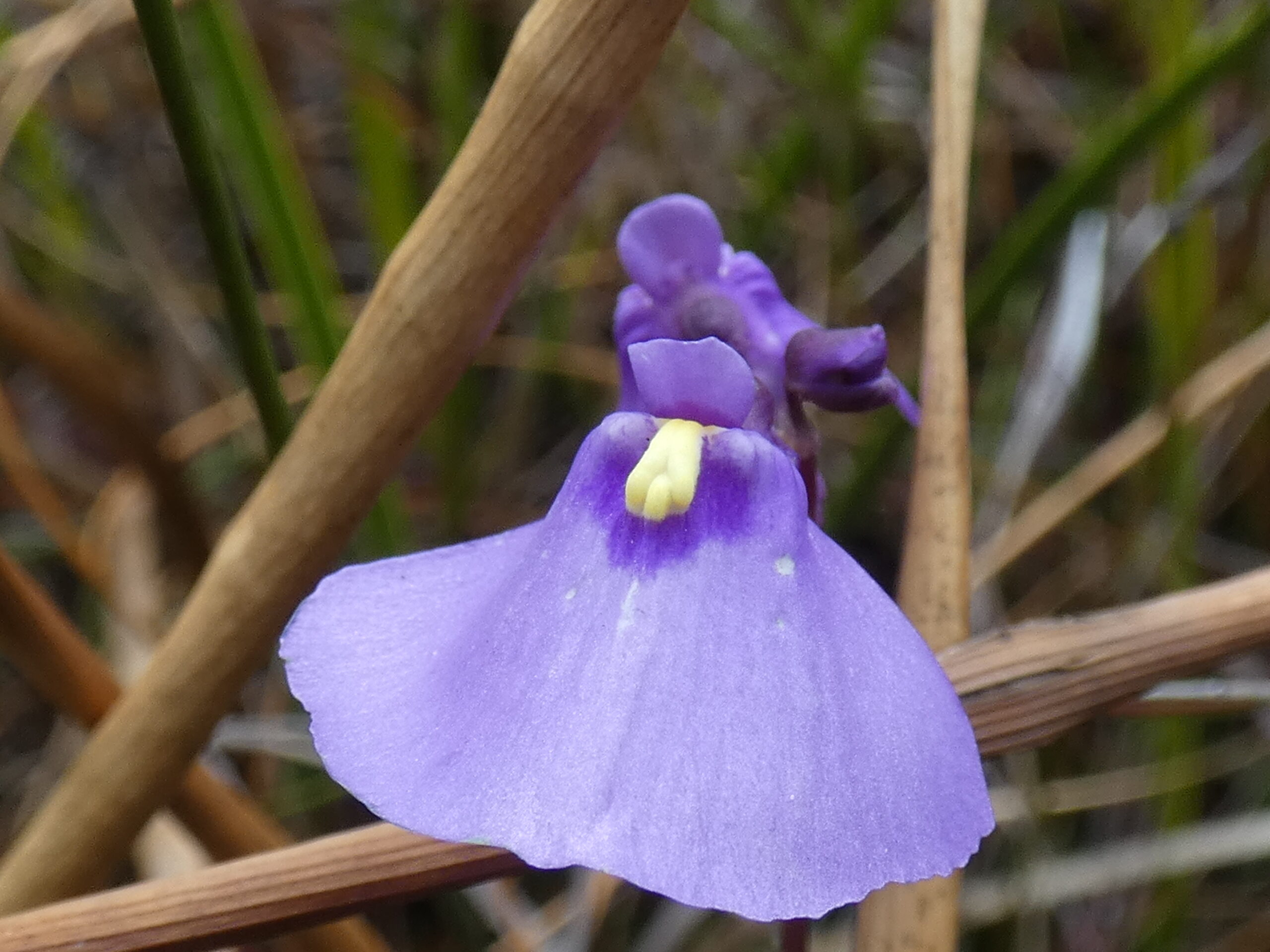U is a strange letter when it comes to nouns, it can be hard to think of flowers that start with the letter U. This is a great demonstration of how many plants there are and how weird and wonderful they can be.
There are many plants that start with U that you may have never heard of before, so you could learn about a new plant, or could just learn some new names you may come across during your horticultural journey. Read on to find out more.
1. Ulex (AKA Gorse)
This is a genus of flowering plants from the Fabaceae family, there are around 20 species within this genus. Ulex is actually a thorny shrub that many may have grazed themselves on a walk before, but the plant actually produces some lovely flowers.

This genus isn’t really cultivated that much within gardens for its thorny features but gorse actually has some quite showy flowers that are concurrently yellow among all species, and last all the way through the season with certain species.
However, Gorse does flower through the late fall as well as into winter, so some gardeners do enjoy having it around for these months so they can see something flower even in the winter. Depending on the species, some gorse is always in flower all year round, almost. This is where the saying comes from ‘When gorse is out of blossom, kissing’s out of fashion’.
RELATED: 16 Gorgeous Flowers That Start With G (Including Pictures)
Origin
The Ulex, or Gorse, is generally found in Western Europe and North Africa. As the species is endemic to the Iberian peninsula. This plant generally enjoys the dry conditions, usually sandy soil, but also enjoys the sun. Many Gorse varieties are found in Great Britain, especially the Scottish Munros. Ulex europaeus is the common variety of gorse.
Gorse can also be used in larger gardening uses beyond the domestic. It is pretty well adapted to fire – it can both encourage and withstand fire. Gorse is highly flammable so encourages fires and burning away quickly like this is actually better for their regeneration. Their seed pods are usually opened by the fire which allows regeneration to happen even quicker.
Moreover, the burnt stumps of gorse can actually grow new sprouts more quickly after forming what is known as a lignotuber. More so, gorse is actually quite resistant to most situations, apart from over watering. Gorse commonly will be found in areas that have poor growing conditions or drought.
2. Umbellularia
Umbellularia is an interesting genus that is made up of one sole species and is endemic to California. The sole species of Umbellularia is Umbellularia californica. This is endemic to California but has been found as far as Oregon. Where some refer to it as Oregon myrtle.

The flowers open in late winter and early spring. They are small and yellowish green and produce in small umbels, hence the tree’s latin name meaning ‘little umbel’.
The leaves of the Umbellularia are very similar to the Mediterranean bay leaf. They smell the same and have a similar flavor. For this reason, many use this plant for culinary purposes. But it’s generally considered to be stronger than the bay leaf in pungency.
The actual wood of the tree is also sought after by woodworkers and furniture makers. Pre-colonisation, many Native American tribes utilised the trees fruit. Also wood and leaves in many hermetic rituals as well as for medicinal purposes. The fruit of the tree was popular with Native Americans, and many modern foragers adopt their uses of the tree.
This tree has probably had more effect on the Californian tree diversity than most other trees. This is thanks to the Umbellularia being a host for the pathogen phytophthora ramorum which causes ‘sudden oak death’. This pathogen essentially kills the oak tree. And as a result the emergence of this tree in California has caused devastating loss in terms of the Oak population of California.
History:
There are actually some interesting mentions of the genus within American history. During 1933 when the country was still recovering from the Wall Street Crash a bank in Oregon was forced to use Umbellularia wood as legal tender for a period while real cash was being sourced.
They were told that these discs of Umbellularia wood would be exchanged for proper legal tender when available. These coins have become syndicated among historical collectors; fewer than 10 sets still remain.
If you’re in the state of California, take a visit to the Sawyer Camp Trail. Here you will find the oldest Umbellularia that is still standing. The tree is called the Jepson Laurel and is named after Willis Linn Jepson a famed Califnorian botanist. There was a tree that was larger and older. But it was cut down as it shaded on a farmers field too much.
3. Urceolina
Urceolina is a genus of flowering plants from the Amaryllidaceae family. The plant is endemic to Peru but now occurs all around South America.

Historically, there were a lot more Urceolina species previously included under this genus. But were reclassified as the Amaryllidaceae was split into different classifications. Now, around seven species remain classified as Urceolina. The plant is a bulb like many other Amaryllidaceae.
RELATED: 17 Gorgeous Flowers That Start With A (Including Pictures)
This plant generally enjoys the humid yet tropical biome of the Andean slopes in Peru, and thus remains relatively hardy. The plant can grow to around 10 inches in a good growing environment.
The plant grows fairly endemically to this region the bulbs are considered to be quite ‘rare’. As a result they have gained the fancy of seed collectors. As well as gardeners who enjoy a pinch of the exclusive.
Moreover, many people seek the plant out for its pretty flower which is quite similar to the Daffodil. It is also within the same family. The colours of the flower will change via species, some are white or yellow. The Urceolina microcrater is quite specifically rare and is sought after for its bright emerald green and yellow flowers.
As a result the bulbs can get quite expensive with demand. And in any case without the tropical but humid conditions of its endemic region. The plant requires a heated area such as a polytunnel or greenhouse.
4. Utricularia
Let’s end on a cool one – the Utricularia is a genus of flowering and carnivorous plant that has over 200 species. This genus is subsumed under the Lentibulariaceae family all of which are carnivorous also. Of these 200+ species all of them are carnivorous, some are aquatic, some are terrestrial, some are epiphytic. The Utricularia is found across every continent except Antarctica.

Yeah, that’s right this plant is carnivorous and it eats other small organisms. Heard of a Venus Fly Trap? Forget that, this plant makes the Venus Fly Trap look like a turtle in comparison to the Utricularia’s speed.
The Utricularia essentially has a ‘bladder’, hence bladderwort, and when an organism enters the zone where the opening of the bladder is it will get sucked in by an elastic device within the bladder and will slowly be digested by the plant.
As soon as an organism moves into the zone of the bladder opening the bladderwort will suck it into the bladder in a mere millisecond. So forget Venus Fly Traps, this genus of plant has the devastating speed of an F1 car.
Moreover, the bladderwort can technically eat as many organisms as its bladder will hold. After around 30 minutes the bladder will have digested the organism and be ready to kill again. The plant will survive literally anywhere there is water supply, and feeds off other organisms by consuming them, so no small insect is safe from this plant.
How does it’s bladder work?
Certain aquatic species have larger bladders that can even eat juvenile fish. These aquatic species are a little more savage, they actually suck water into the bladder as well as its prey and thus drowns the organism essentially.
These bladder traps still mystify many botanists to this day, their exact operation still isn’t understood and many regard this bladder trap as one of the most complex and sophisticated plant mechanisms in the Plantae kingdom.
However, for all the plant’s biological conundrums and menacing traps, it produces a flower that is very elegant and admired. Many cultivate the plant, not only for its carnivorous mechanisms but for the flowers too which are often compared to orchids and snapdragons while not at all related. The flower is the only part of the plant that is clear of the water or soil.
The flower can range in size and color very widely with the 200+ species of the plant. Although commonly the flower is formed of two asymmetric petals, the lower petal is usually larger than the upper.
Our Final Say
From plants that have been used as legal tender, to one of the most complex carnivorous plants known today – we bet you never knew how interesting plants that start with U can be. It goes to show that nomenclature has little to do with a plant’s curiosity or popularity.
We hope you learned something from this article, here are other articles that you can learn from:
6 Amazing Flowers That Start With J (Including Pictures)







